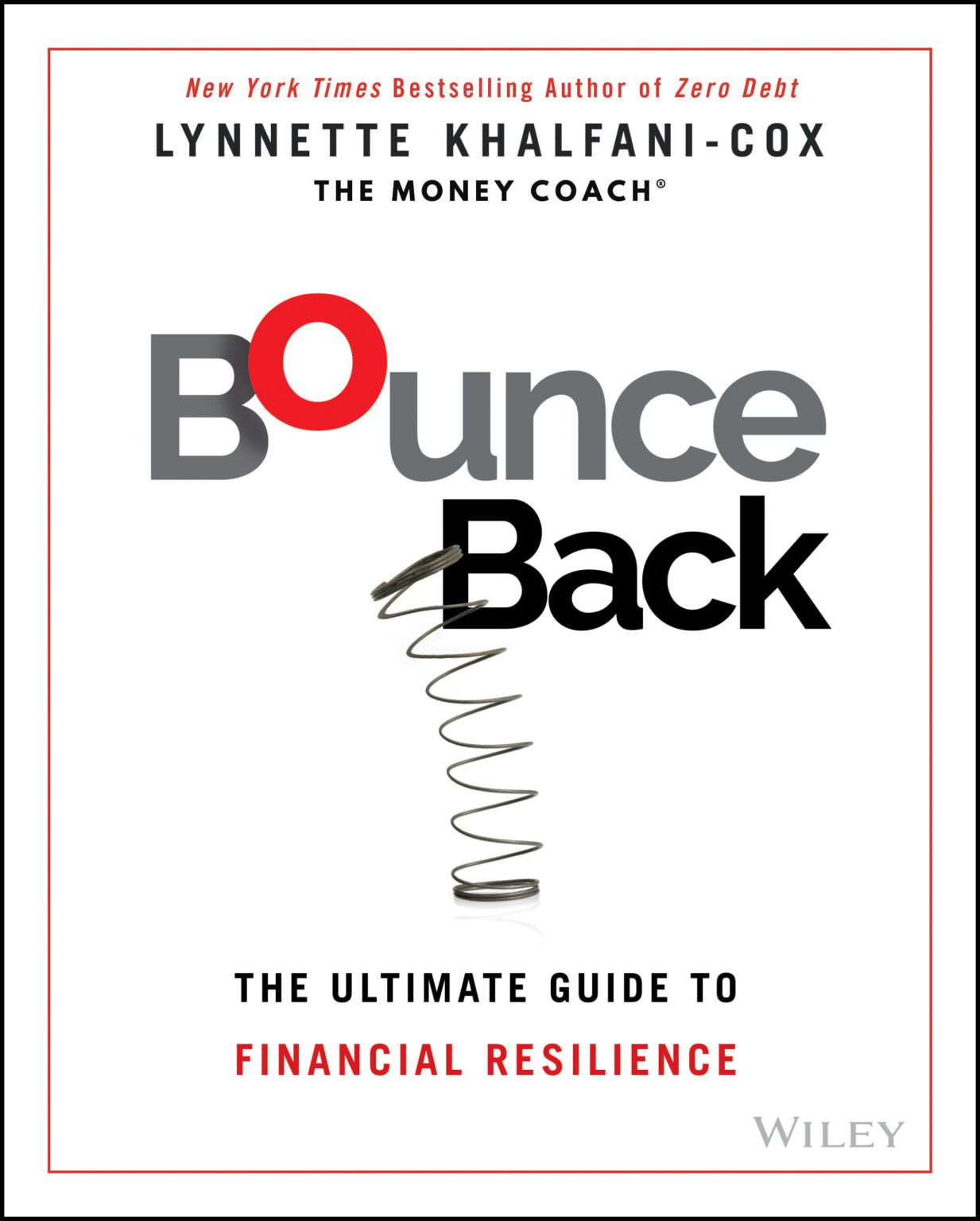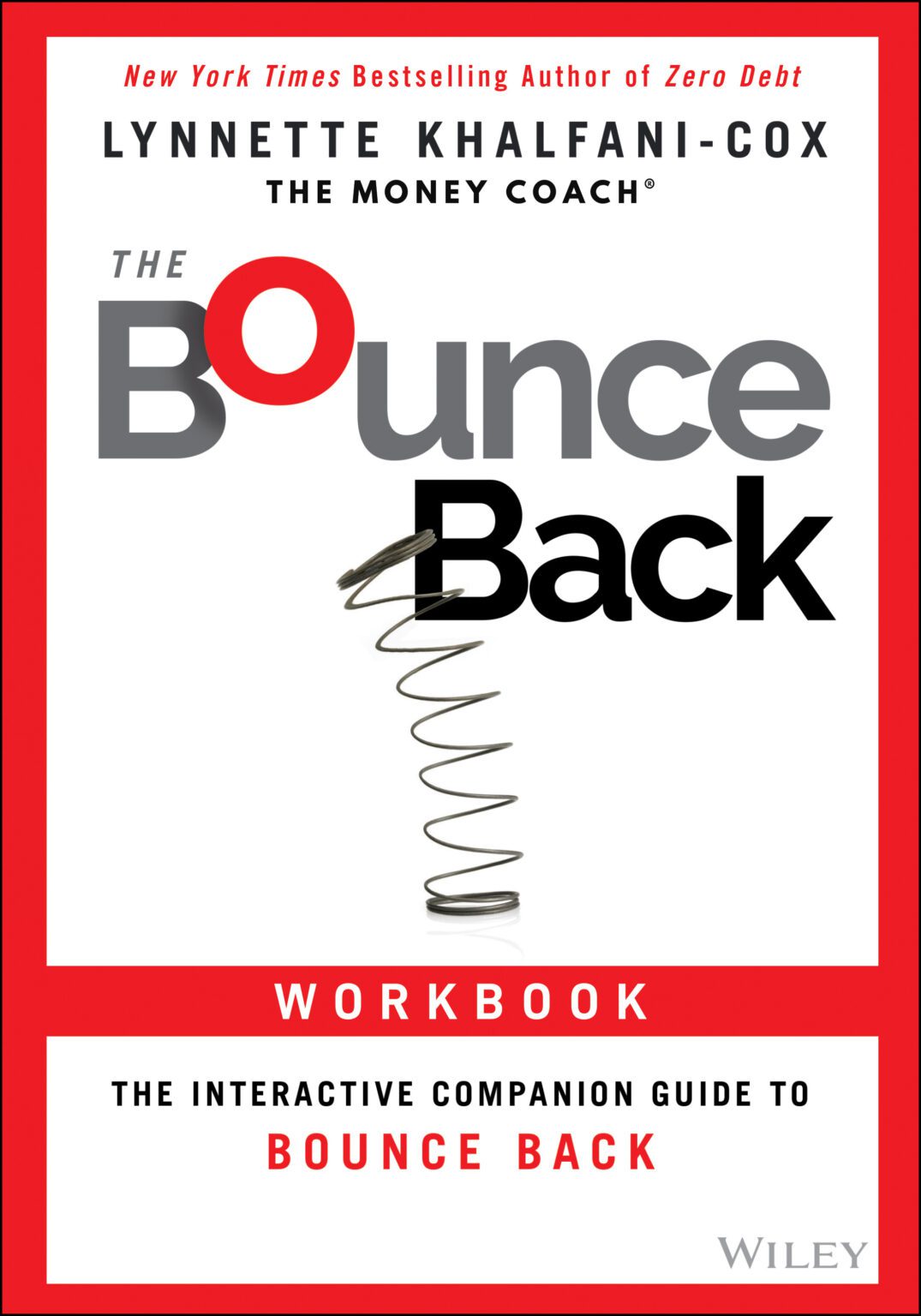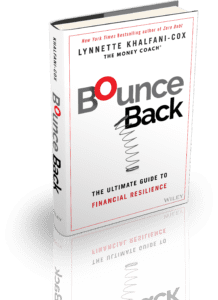One of the most important financial decisions you need to make is choosing the right type of life insurance policy.
Life insurance protects your loved ones against any financial hardship associated with your death and provides them with some financial security when you are gone.
Your life insurance benefits could be used to cover living expenses, college education expenses, and even child-care costs.
Many people are confused about what term life and whole life insurance policies actually cover and what the pros and cons are of each.
Here are some key things you should know about term life and whole life insurance policies:
How Term Life Insurance Works
Term life insurance provides coverage for a specified period of time, or “term”. As long as you pay your insurance premiums, your policy remains active and the beneficiaries you designate can receive a cash payout in the event of your death.
While it’s common for people to purchase a 20-year term life insurance policy, most term life policies are sold in terms ranging from 10 years to 30 years.
If you end up dying after the term policy has expired, your dependents won’t be eligible for any type of benefits. Many people purchase term life insurance when they are under 50 years of age and in generally good health.
It is usually the cheapest type of life insurance policy available but only offers a very basic benefits package. As you age, and certainly after you reach age 50, the price of this policy will go up significantly because the insurance companies note that your chances of dying are higher.
Still, term life insurance can be a convenient and affordable option for those who just need a very basic life insurance policy.
How Whole Life Insurance Works
Whole life insurance is designed to provide coverage for the rest of your life. That’s why it’s known as a form of permanent life insurance. As opposed to term life insurance, which only covers you for a fixed period of time, once you buy whole life coverage it’s designed to last forever.
As long as you are paying your premiums on time, you will be covered for your lifetime.
Unlike term life insurance, with a whole life policy a percentage of your monthly premium goes towards investments (such as stocks), which turns this type of policy into an asset with cash value.
Whole life insurance policies build up cash value over time, and you are able to take out loans or make withdrawals against the cash value of your policy.
Still, permanent life insurance is much pricier than term insurance.
The costs vary, but it’s not uncommon for a whole life policy to be anywhere from five to 10 times more expensive than a term policy providing the same coverage.
The Cost Difference and Other Factors
With this kind of price difference, you may wonder why even bother with permanent life insurance when you can get term so much cheaper?
Certainly, for those who need coverage only for a set period of time, and for those who are on tight budgets, terms is likely the better option. It’s cheaper and it can cover your basic needs.
But for those who want the flexibility to keep insurance for many decades, indeed over their lifetime, whole life provides the option to do that.
Perhaps you want to maintain a policy to provide a financial legacy to your adult children or your grand kids? Or maybe you want to be able to tap into the cash value of your life insurance. You can only do that with permanent life insurance.
Some people are also using whole life policies as a way to supplement their retirement income.
Since traditional pension plans are going away, and since the average Social Security check is only about $1,200 a month, many pre-retirees and retired people are looking at their permanent life insurance policies as a way to increase their cash flow during their Golden Years.
You can also use the dividends and cash value in a whole life policy to pay for things like long term care insurance.
Ultimately, you have to make the best choice for you – given your family circumstances and your own finances.
But before you do so, make sure you know the pros and cons of both term insurance and whole life insurance.








